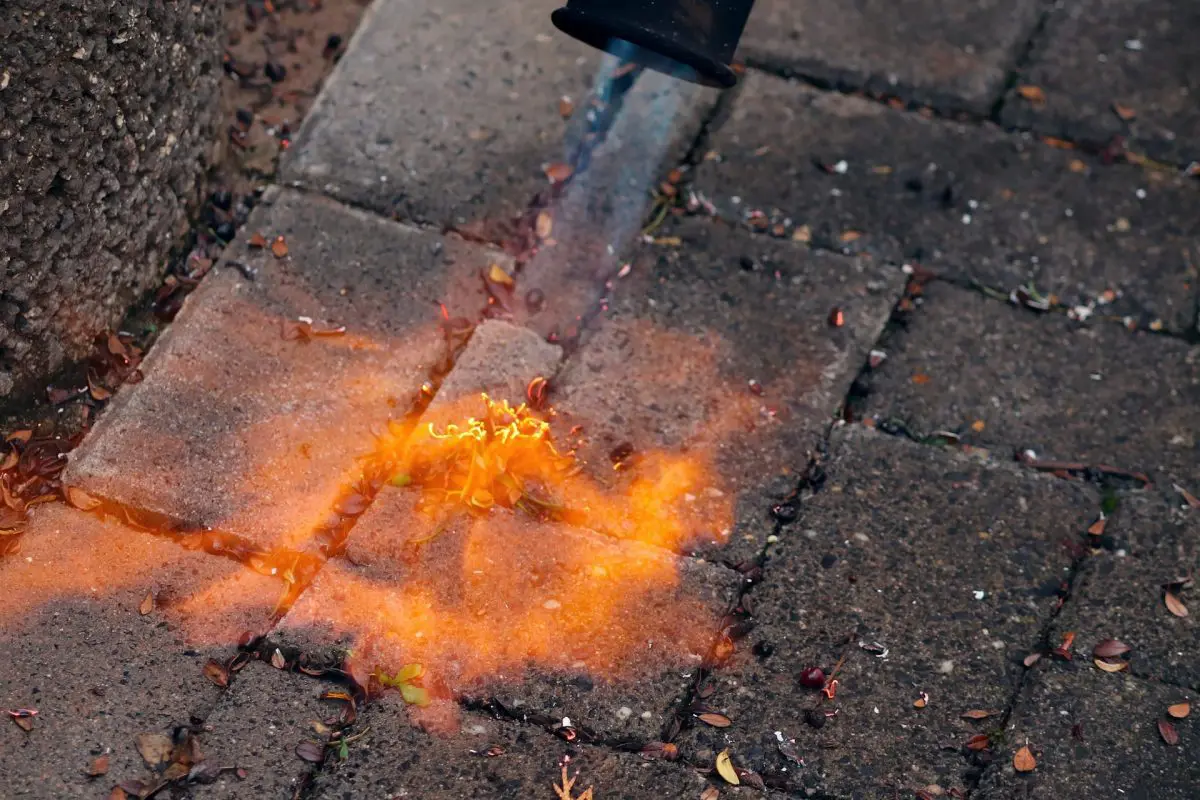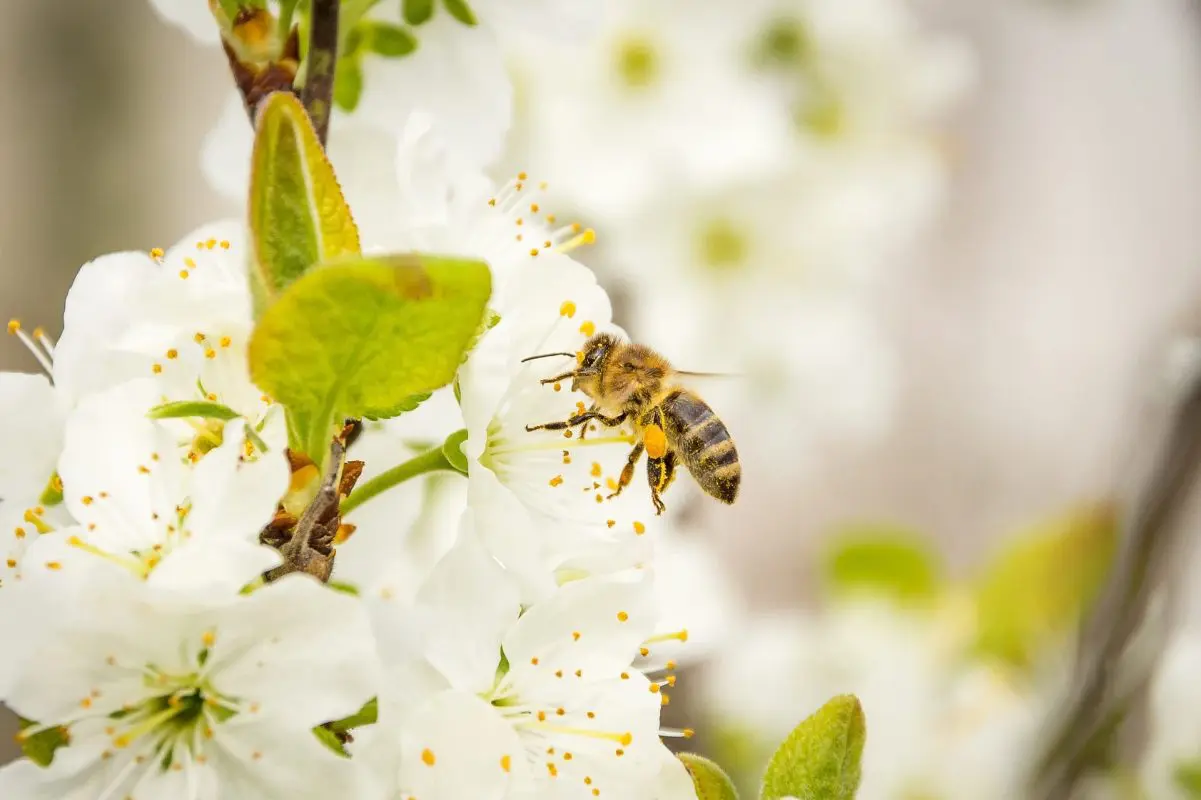You can grow a healthy, attractive landscape without using chemical weed killers. Herbicides (weed killers) can damage soil and plant health, poison pollinators and other wildlife, and harm our pets, kids and neighbors. Rainwater runoff carries these harmful chemicals through storm drains into local creeks harming salmon and other aquatic life. We can protect the health of families, wildlife and waterways by following these five steps of natural weed management:
Additional Resources
- Manage Weeds Naturally Materials:
- Common Weeds Booklet (PDF) – manage common weeds in Western Washington
- Mulching Booklet (PDF) – how to use mulch to suppress weeds
- Weeding Calendar (PDF) – weed control is a year-round job
- Websites:
- The Garden Hotline – Pacific Northwest garden solutions
- Natural Yard Care – The 5 steps of natural yard care for the Pacific Northwest
- Backyard Habitat – Create wildlife habitat in your own backyard
- Gardening Green – Find local classes about sustainable landscaping
- Books:
- Lake Whatcom Watershed residents:








